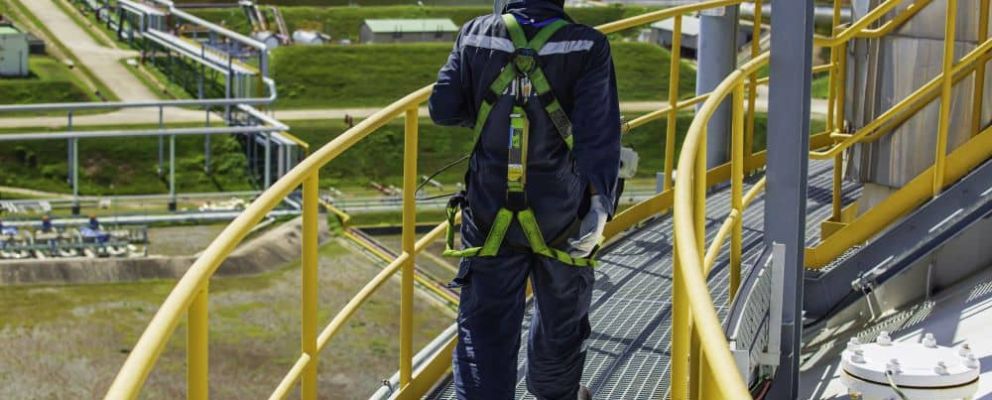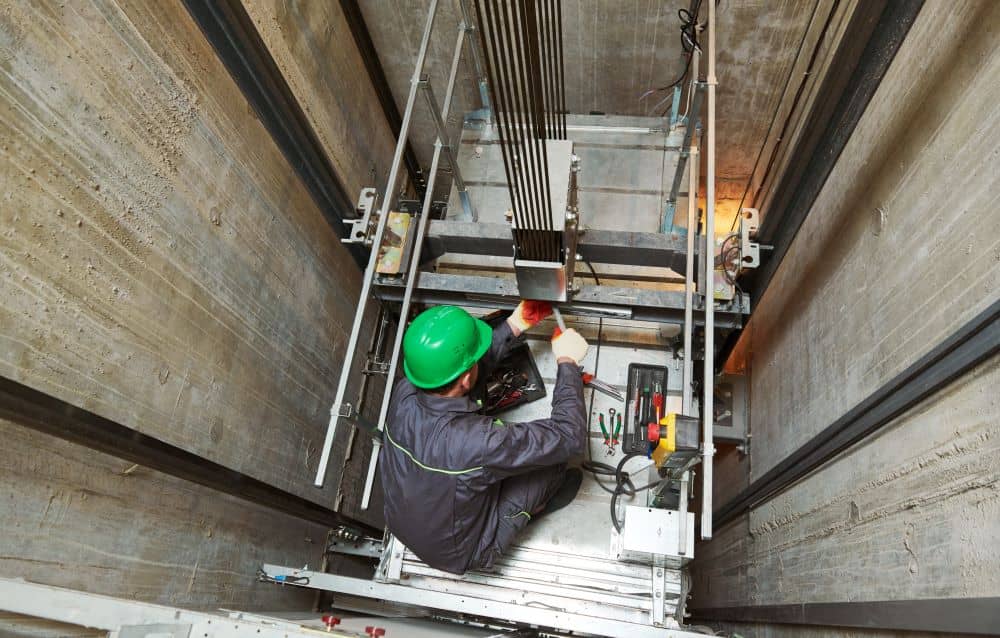Lone worker numbers are on the rise in many countries, including the US, Canada, and Australia. There is no exact number in Australia, but it’s estimated that 1.3 billion people work alone every day or most days. If you are a lone worker or employ one or more, it’s important that you know and understands the safety guidelines concerning lone workers.
But first, let us define what a lone worker is. A lone worker is a person who works without other employees around and is not directly or closely managed by a superior or employer. In many organisations, lone workers help increase their productivity and flexibility. Businesses can function on a broader scale with the help of employees who carry out their job responsibilities in isolation from other workers.
However, despite the number of benefits in hiring a lone worker, several risks pose a threat to the staff. One huge issue here is that lone workers do not have the same access to quick assistance as those who work closely with other people. If an accident occurs, the lone working staff typically has no one to turn to but themselves. And this is why lone worker safety should be taken seriously.
Why You Need to Care About Lone Worker Safety
Believe it or not, many lone workers have reported assault and violence over the past few years. In the United Kingdom, about 150 lone workers are attacked either physically or verbally each day, according to the British Crime Survey.
Lone workers in Australia face many challenges, including the increased risk of environmental and social dangers. The problem is noticeable. Lone workers are in isolation. It’s not easy to call for help when there is no one to turn to. That’s why employers need to create a set of safety measures and use a variety of solutions to track the safety of their lone workers.
Here are more reasons why employers should not neglect the lone workers’ well-being:
- There are hazards everywhere, including where the lone worker is. Employees in the industrial sector, for example, may be subject to poor air quality. They may not be able to ask for help before they become unconscious.
- Trips and falls are more common than you may think. In 2016-17, over 100,000 Aussies were taken to the hospital due to a fall. The risk increases when working remotely, mainly because they often cannot ask for assistance right away.
- Lone worker safety is vital in ensuring your organisation meets its employer responsibilities.
- Finally, ensuring employee safety can help boost morale. Workers feel they are valued when the employer cares for their well-being.
Your employees are your company’s greatest asset. You should not take their safety for granted by performing regular checks on them. Sending out frequent communications is one of the things you can do as a good employer. You need a reliable lone worker safety system to help you achieve this task.
How to Choose Technology for Bolstering Lone Worker Safety
In today’s world, lone worker protection with the use of advanced safety technology is crucial. Every workplace is unique when it comes to hazards and idiosyncrasies their workers face daily. But despite the differences, the best way to combat these issues is to use a system designed for lone worker safety.
But how do you choose the appropriate system? It all starts by performing a thorough safety hazard evaluation and audit on all potential safety risks. Once this assessment is completed, you can explore various devices and systems that match your safety strategies. The goal is to eliminate or at least mitigate existing dangers.
Significantly, your hazard mitigation includes more than just physical changes to the work environment. It should entail training and fostering a positive safety culture that encourages employees to express their concerns about work.
Circumstances can quickly evolve, which is why hazard assessments must be performed diligently and frequently. Lone worker safety devices have become so popular over the past five years or so. They are designed to protect employees who continually face the dangers of working alone. The safety device can be a tool, app, or service that enables the workers to communicate with their manager, usually with just a touch of a button. They can also be connected to a safety team if they are facing an emergency, which provides them with a quicker response.
Notifying safety personnel is simple with the suitable device, which comes with various features, such as GPS location, panic button, fall alerts, and text messaging.
Reap the Benefits of Lone Worker Safety for Your Business
The safety of lone workers is not only for the individuals working remotely but also for your business. Regardless of where the lone worker is, you can have dependable choices for communicating with them. Devices that provide lone worker monitoring lets you contact the worker through voice or text messaging. This is helpful if ever they are in an emergency where each second that passes can be detrimental to their health or safety.
Let’s not forget that worker safety is a requirement for all employers, including those who employ lone workers. From 1 January 2014, changes in the Occupational Safety and Health regulations have been applied, emphasising the need for employers to monitor the health and well-being of their remote staff.
By checking on your workers, you stay compliant with the law and maintain your company’s good reputation.






